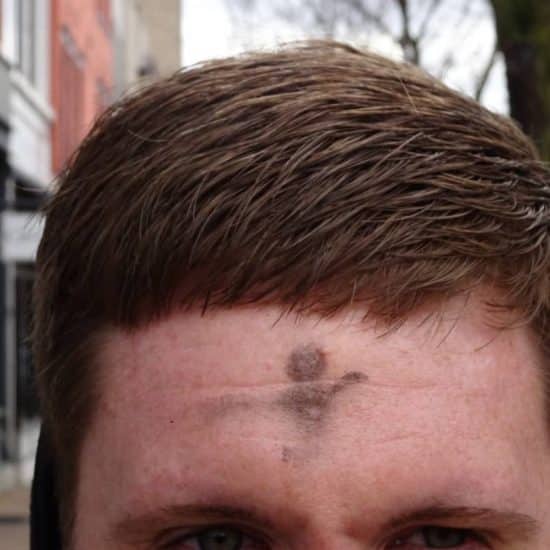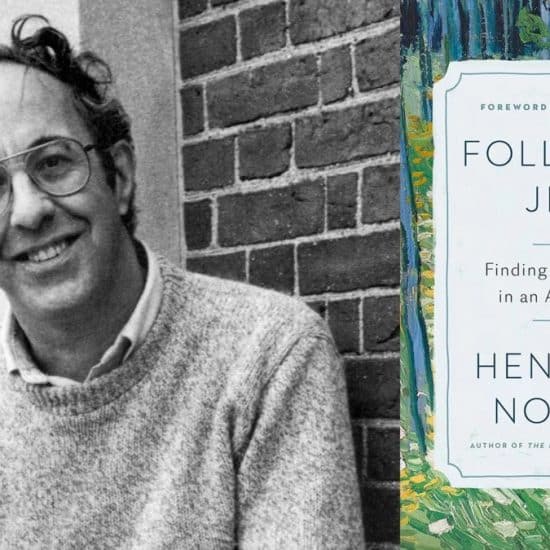In 1969, a mere eight years after the Berlin Wall was erected and 20 years before it suddenly fell, I had the opportunity to visit West Berlin and come face-to-face with the impenetrable barrier. A student trip to study the German language had brought me to that ghastly wall as a naive, Midwestern small-town 19-year-old.

Bill Webb
|
As I recall some 40 years later, my fellow students and I looked at the wall and a portion of East Berlin and East Germany beyond it from an observer’s platform. Sightseers like us — as well as visitors with a more vested and personal interest in the wall and people on the other side — could see the striking contrasts.
Ironically, the wall surrounded West Berlin, an island of freedom in East Germany.
On the West Berlin side was a bustling city in some ways oblivious to what appeared to be neglect and deterioration beyond the wall. On the free side, graffiti seem to cover every inch of the wall. In the west, luxury cars moved bumper-to-bumper up and down Kurfurstendam, a multi-lane boulevard replete with dining options, nightclubs, brothels and upscale shopping, in many ways a picture of decadence.
In West Berlin, university students gathered for political rallies and protests — disdain for the Vietnam War was high on their agenda — and concluded one protest by smashing windows and other property on campus while our group was in the city.
In contrast, what we could see of East Berlin from across the wall was bland and colorless. Though the Communists reportedly tried to make some parts of the city look prosperous, our view showed only a depressing-looking area with no citizens in sight. One could only imagine shortages of food and other goods compared to the availability of virtually anything on the free side of the wall, which divided families for generations.
In a buffer area on the East German side of the wall, soldiers and menacing dogs patrolled, virtually guaranteeing a violent death to anyone who tried to cross. It was ruthless intimidation.
On Nov. 9, 1989, the wall came down as the German Democratic Republic (East German) announced, after weeks of unrest, that East Germans could visit West Berlin and West Germany. The first order of business for many was to attack that wall and reduce it to concrete chunks. Who could forget the live news coverage 20 years ago when it happened?
Of course, the destruction of the wall symbolized the deterioration of other repressive Communist regimes across Eastern Europe. They fell like dominoes.
In 1969, I would never have imagined it. But then, freedom has a way of eventually breaking chains and — in this case —demolishing walls. It was an electrifying moment in history.
Bill Webb is editor of Word&Way.


